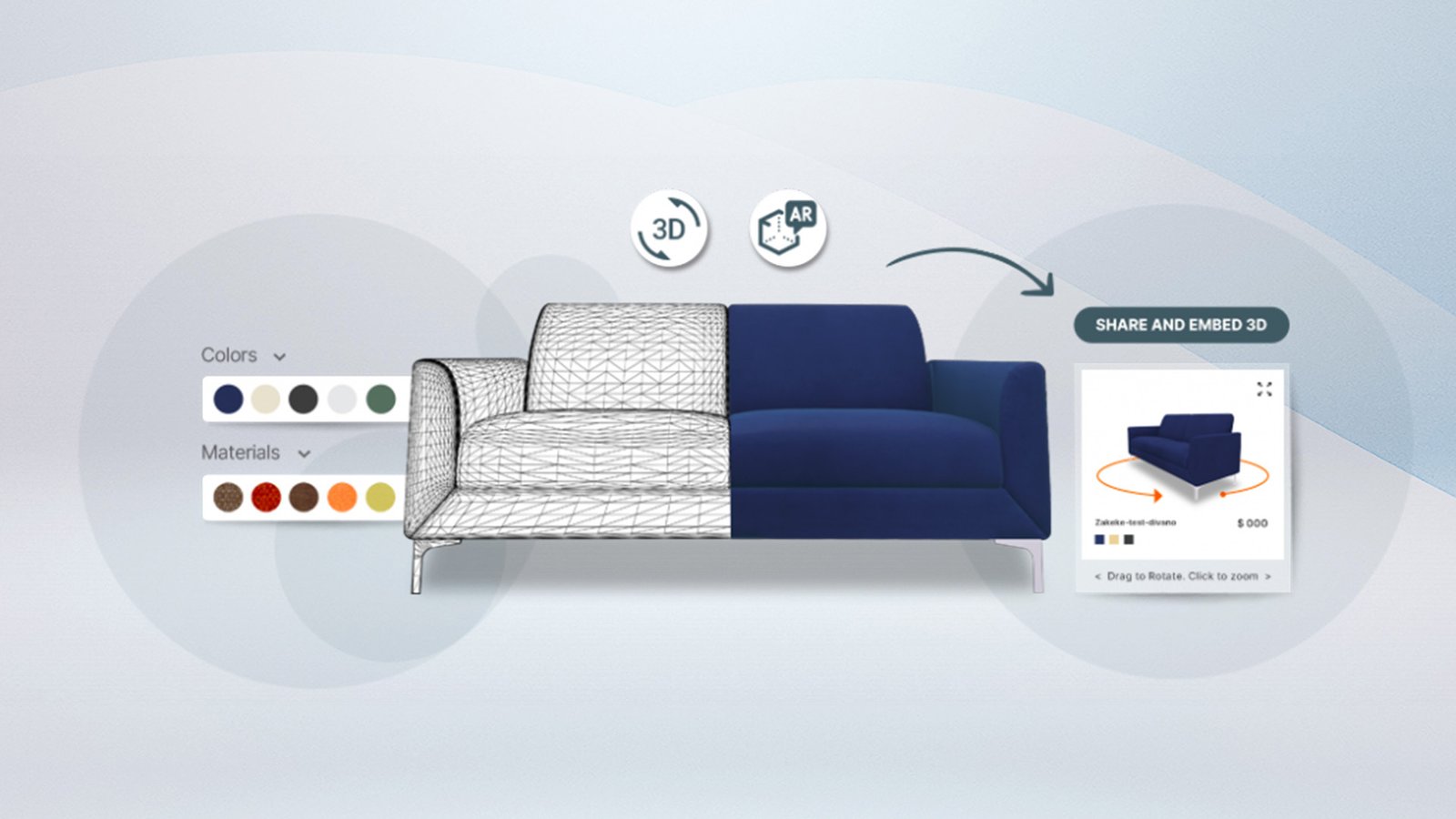In the digital age, technology continues to revolutionize how we live, work, and even decorate our homes. Among the latest innovations is the fusion of augmented reality (AR) with furniture shopping, leading to the development of sophisticated AR Furniture Shopping Apps. These apps not only make shopping more convenient but also provide a transformative experience that blends the virtual and physical worlds.
The Evolution of Furniture Shopping
Traditionally, buying furniture involved visiting multiple stores, visualizing how pieces might fit into a space, and making decisions based on limited information. This process was time-consuming and often resulted in second-guessing choices once the furniture was delivered. However, the advent of e-commerce brought some relief by offering a broader selection and the convenience of shopping from home. Yet, a significant challenge remained: imagining how a piece of furniture would look and fit in one’s actual living space.
Enter Augmented Reality
Augmented Reality bridges this gap by overlaying digital images onto the real world through a smartphone or tablet. By integrating AR into mobile apps, furniture retailers enable customers to visualize how different pieces will look and fit in their homes before making a purchase. This innovation not only enhances the shopping experience but also increases customer satisfaction and reduces return rates.
Key Features of AR-Enabled Furniture Apps
- 3D Visualization: One of the standout features of AR-enabled furniture apps is the ability to view furniture in 3D. This allows users to see the piece from all angles, providing a more comprehensive understanding of its design and details.
- True-to-Scale Models: These apps use AR to project furniture at the correct scale, helping users gauge whether an item will fit in their space. This feature eliminates the guesswork and potential measurement errors that can occur with traditional shopping methods.
- Room Integration: By utilizing the device’s camera, these apps can superimpose furniture into the user’s actual room. This interactive experience allows users to see how different pieces will look with their existing décor, aiding in more informed decision-making.
- Customization Options: Many AR furniture apps offer customization features, enabling users to change colors, materials, and configurations. This helps in personalizing the piece to match the user’s taste and home aesthetics.
- Enhanced Engagement: The interactive nature of AR keeps users engaged longer. They can try out various arrangements, compare different styles, and have a more immersive shopping experience compared to browsing static images.
Popular AR Furniture Apps
Several furniture brands and tech companies have embraced AR, launching innovative apps that redefine home furnishing shopping:
- IKEA Place: One of the pioneers in this space, IKEA’s app allows users to virtually place true-to-scale 3D models of IKEA furniture in their homes.
- Wayfair: The Wayfair app offers a robust AR feature, enabling users to visualize a vast range of products in their living spaces.
- Houzz: Houzz’s app includes a “View in My Room” feature, letting users see how furniture and decor items will look in their home environment.
- Amazon: The retail giant has integrated AR into its app, providing a “View in Your Room” option for thousands of home products.
The Benefits of AR Furniture Apps
- Improved Customer Satisfaction: By allowing customers to see how furniture will look and fit in their homes, AR reduces the risk of buyer’s remorse. Customers are more confident in their purchases, leading to higher satisfaction rates.
- Reduced Returns: With a clearer understanding of how a piece will work in their space, customers are less likely to return items, saving retailers the cost and hassle of handling returns.
- Increased Sales: The interactive and engaging nature of AR can lead to higher conversion rates. Customers are more likely to make a purchase when they can visualize the product in their home.
- Enhanced Brand Loyalty: Offering cutting-edge technology positions brands as innovators and customer-centric, fostering loyalty and repeat business.
Challenges and Considerations
While AR furniture apps offer numerous advantages, there are challenges to consider:
- Technical Limitations: Ensuring accurate scale and placement requires sophisticated technology and sometimes more advanced devices, which may not be accessible to all users.
- User Experience: A seamless and intuitive user interface is crucial. If the app is difficult to navigate or the AR feature is glitchy, it can detract from the user experience.
- Data Privacy: As these apps often use camera and room data, maintaining user privacy and data security is essential.
Conclusion Of AR Furniture Shopping Apps
The integration of Augmented Reality into furniture mobile apps marks a significant leap forward in home décor shopping. It not only enhances the user experience but also brings practical benefits like improved satisfaction and reduced returns. While challenges exist, the potential for AR to revolutionize how we shop for furniture is immense.
Innovations by platforms, which facilitate the creation of AR experiences, are paving the way for even more advanced and accessible AR applications in the future. As this technology evolves, we can expect even more immersive and intuitive shopping experiences that seamlessly blend the digital and physical worlds, transforming the way we envision and create our living spaces.

